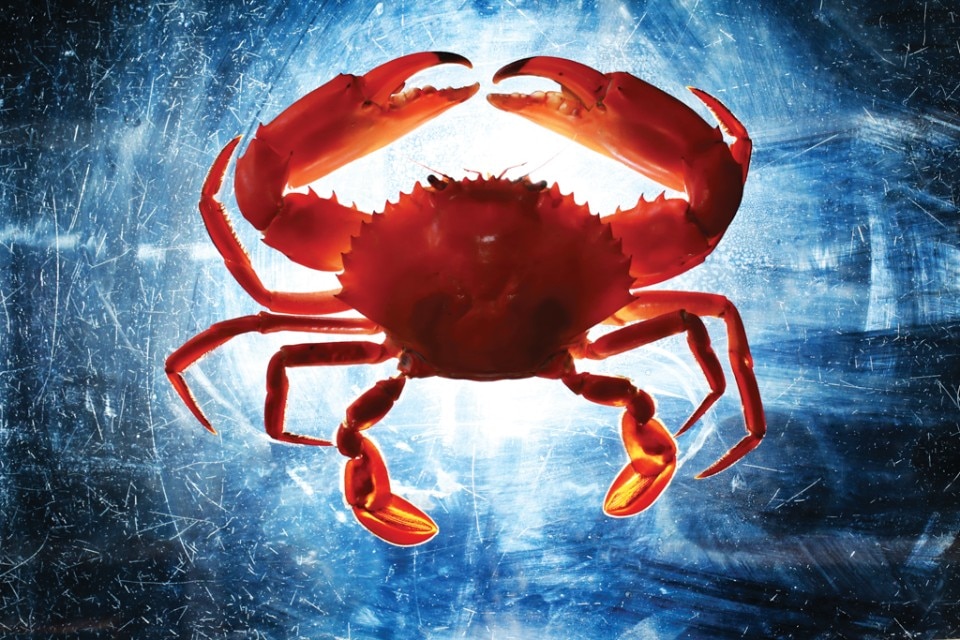The crab is clearly one of nature’s most astounding creatures that have evolved since the Cretaceous Period. The mud crab in particular has a unique anatomy. Its structure enables survival and the ability to feed.
The architecture of the Sri Lankan Mud Crab
The crustacean has been inspiring engineers and designers for decades. The architectural composition of the Sri Lankan crab results in an ingenious culinary creation, popular across the global dining scene.

View Article details
- 14 April 2018
In the mangrove-filled lagoons of Sri Lanka, is found the most prized crab of global cuisine, the Sri Lankan mud crab. For chefs, it is important to understand the crab’s habitat, as these factors such as enabling a tropical climate and clean air, are essential for the effective transportation of crabs. The study of the architecture of the crab is essential to accentuate its culinary value. There is a significant size variation between the male and female crab, likewise, the male claw is over twice the size of the females. The shell of the crab, or carapace, is in itself an incredible feat of engineering. In addition to pro- viding the flavour, the shell of the Sri Lankan crab is further distinctive as it transforms from a mottled green to a bright, appetising orange hue. This exoskeleton (shell) is vital as the shell adds to the flavour of the crab meat. Identifying the meat content of the crab, could be tricky, yet the mud crab itself provides an ingenious devise to recognize between a water (empty) crab or meaty crab. Although specific cutlery exists for crab dishes, in terms of the Sri Lankan crab, which is quite large, many may find these devices to be redundant.